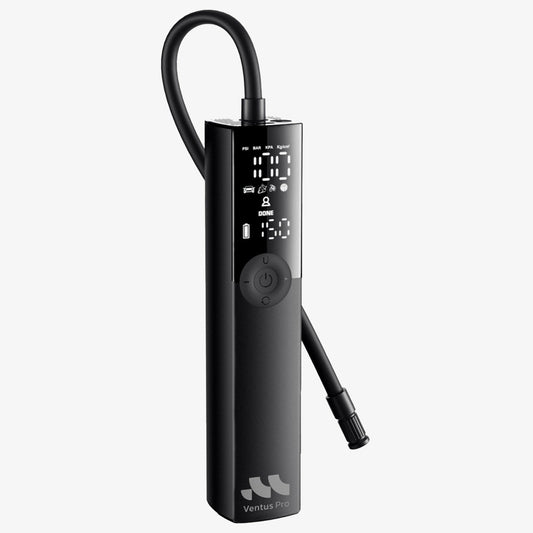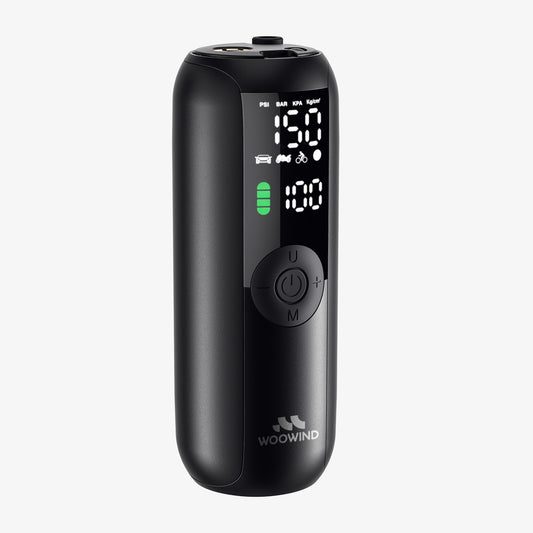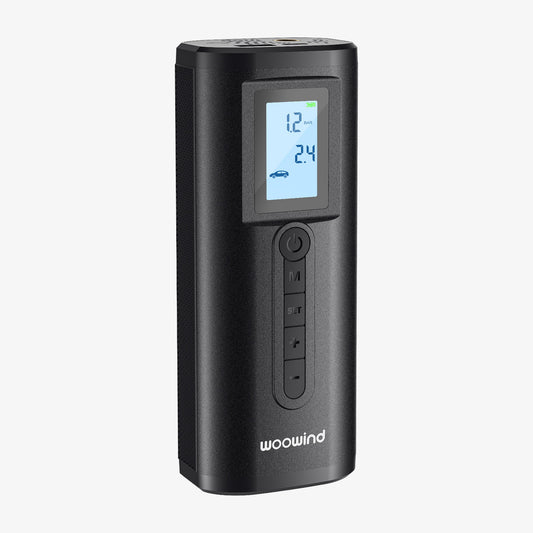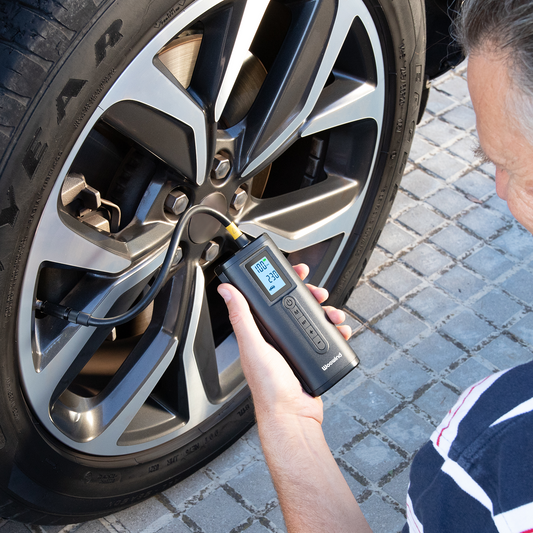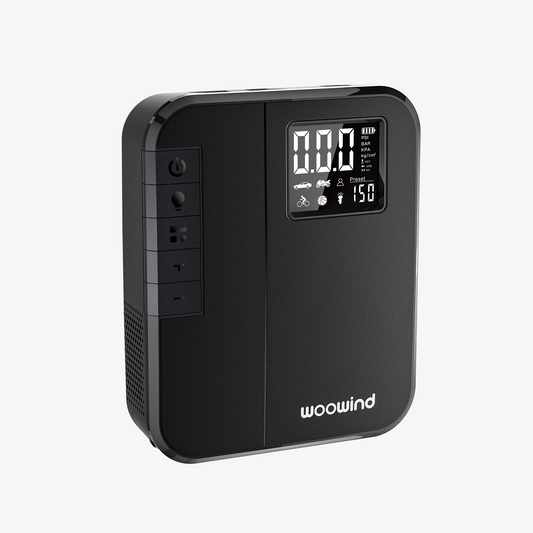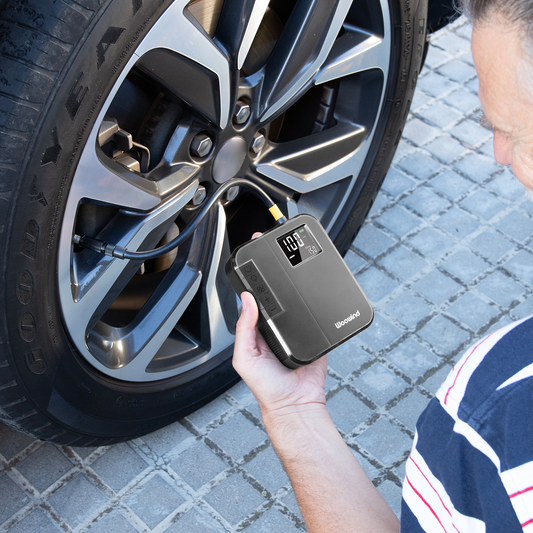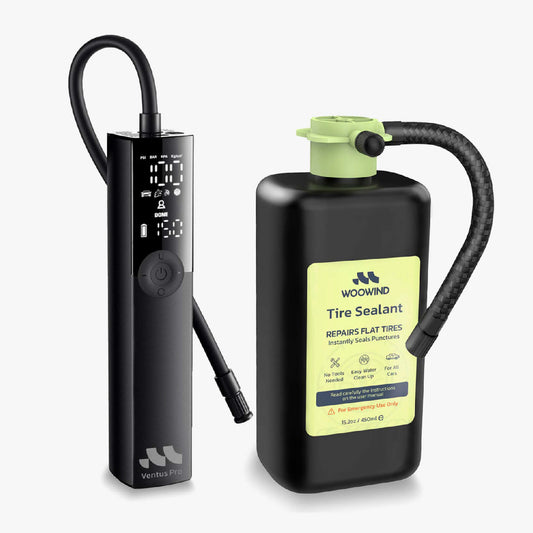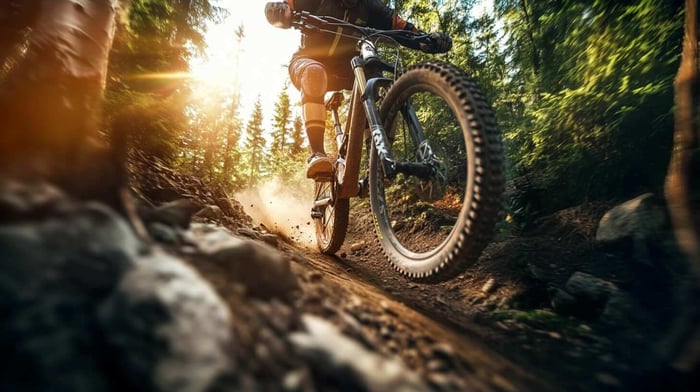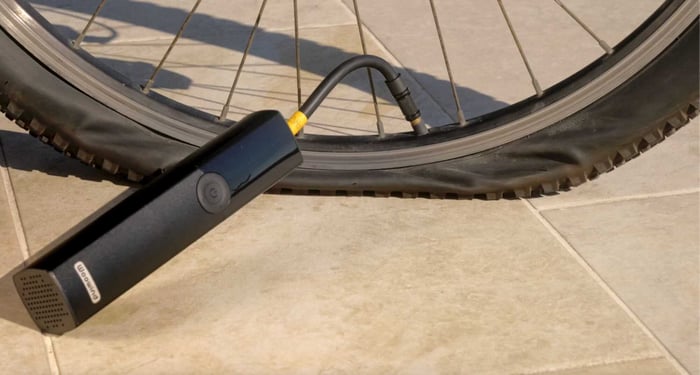
How to Measure Bicycle Tire Size: A Complete Guide
Choosing the right tire size is essential for performance, safety, and comfort. Whether you're replacing an old tire or upgrading to a better fit, understanding how to measure bicycle tire size correctly ensures you get the perfect match. This guide explains everything you need to know, from reading sidewall markings to measuring manually and ensuring compatibility with your bike.
Table of Contents
Understanding Tire Size: ISO/ETRTO vs. Traditional Sizing
Bicycle tires use two main sizing systems:
ISO (ETRTO) Standard: A universal system where numbers like 37-622 indicate the tire width in millimeters (37mm) and rim diameter (622mm).
Traditional Sizing: Uses fractions or decimals, such as 28×1.75 or 26×1 3/8. These can vary between manufacturers, making ISO numbers a more reliable reference.
How to Measure Your Bike Tire: Step-by-Step Guide
1. Check the Sidewall for Size Markings
Most bike tires have size information printed on the sidewall. Look for numbers in ISO format (e.g., 37-622) or traditional format (e.g., 700x35C). If the markings are worn off, proceed with manual measurement. For a detailed guide on proper tire inflation, check out our bike tire inflation guide.
2. Measuring Tire Diameter
Place your bike upright or remove the wheel for easier handling.
Measure from the ground to the top of the tire, then double it to get the full diameter.
Common sizes include 700C (622mm), 26-inch (559mm), and 27.5-inch (584mm).
3. Measuring Tire Width
Use a caliper or tape measure to determine the width from one side of the tread to the other.
Match the width with your bike’s rim width to ensure compatibility.
4. Measuring Rim Diameter (If Tire is Worn or Missing)
Remove the tire and measure the diameter of the rim’s bead seat area (inside the rim where the tire sits).
Compare it with ISO measurements for accuracy.
Rim & Tire Compatibility: Choosing the Right Fit
Matching Tire Width to Rim Width
A narrow rim (13-17mm) works best with 23-32mm tires (common in road bikes).
A wider rim (18-25mm) is compatible with 35-50mm tires (common in hybrid and touring bikes).
Mountain bikes use even wider rims to accommodate 2.1-2.5-inch tires.
Road Bike vs. Mountain Bike Tire Sizes
Road bikes typically use 700C tires (622mm ISO), with widths ranging from 23mm to 32mm.
Mountain bikes commonly use 26-inch, 27.5-inch, or 29-inch tires, with widths between 1.9 to 2.5 inches.
Gravel and hybrid bikes often use 650B or 700C tires, balancing speed and comfort.
Tubeless vs. Standard Tires
Tubeless tires require specific rims with airtight bead locks.
Standard (tube) tires work on most rims but require an inner tube.
Why Tire Size Affects Performance & Pressure
Wider tires (e.g., 2.1 inches) provide better grip and comfort at lower pressures.
Narrow tires (e.g., 25mm) roll faster but require higher pressure.
Always follow the recommended PSI on the tire sidewall to ensure proper inflation.
For precise inflation, use a reliable pump like the Woowind BP188, which supports up to 120 PSI for road and hybrid bikes.
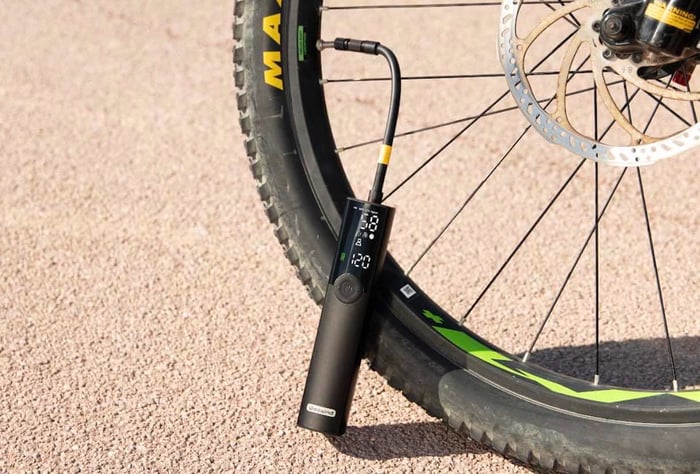
Final Tips: Ensuring the Perfect Fit for Your Bike
Always double-check size markings before purchasing new tires.
Measure the rim if the tire is missing to avoid mismatched sizes.
Use high-quality inflators like those from our electric air pumps collection to maintain optimal pressure and extend tire life.
FAQs
How do I know what size tire my bike needs?
Check the sidewall of your current tire for size markings or measure the tire diameter and width manually.
Can I replace my bike tire with a different width?
Yes, but ensure it fits within your rim’s recommended width range to maintain performance and safety.
What is the difference between 700C and 29-inch tires?
Both have the same rim diameter (622mm), but 29-inch tires are typically wider and used on mountain bikes.
How often should I check my tire size before replacing it?
Check tire wear regularly; if you notice cracks, punctures, or reduced traction, it's time for a replacement.
Does tire size affect bike speed?
Yes! Narrower tires roll faster with higher PSI, while wider tires offer more comfort and grip at lower PSI.
Understanding bicycle tire sizing ensures a smoother, safer ride—whether you're commuting, touring, or hitting the trails. Regular maintenance is also key; learn more from our e-bike maintenance tips guide. Take the time to measure correctly and enjoy hassle-free cycling!
